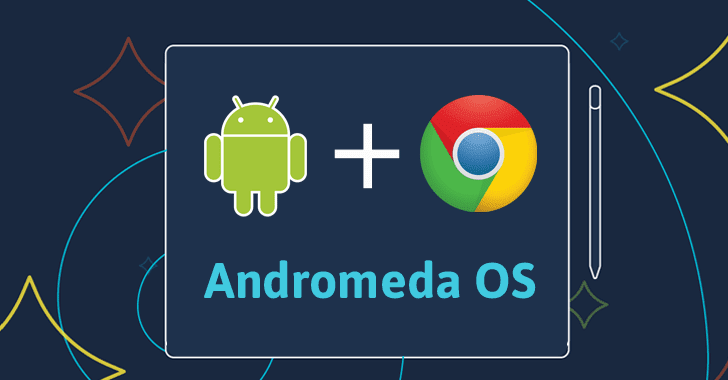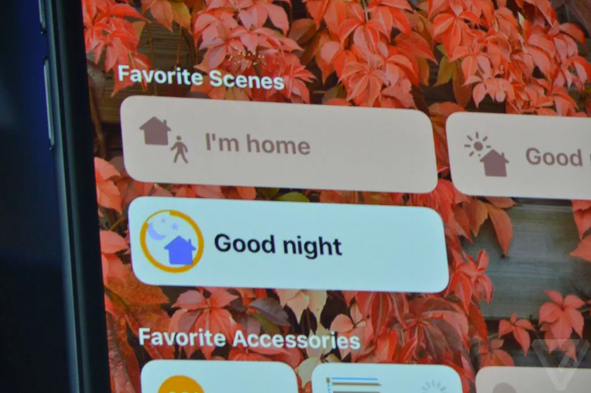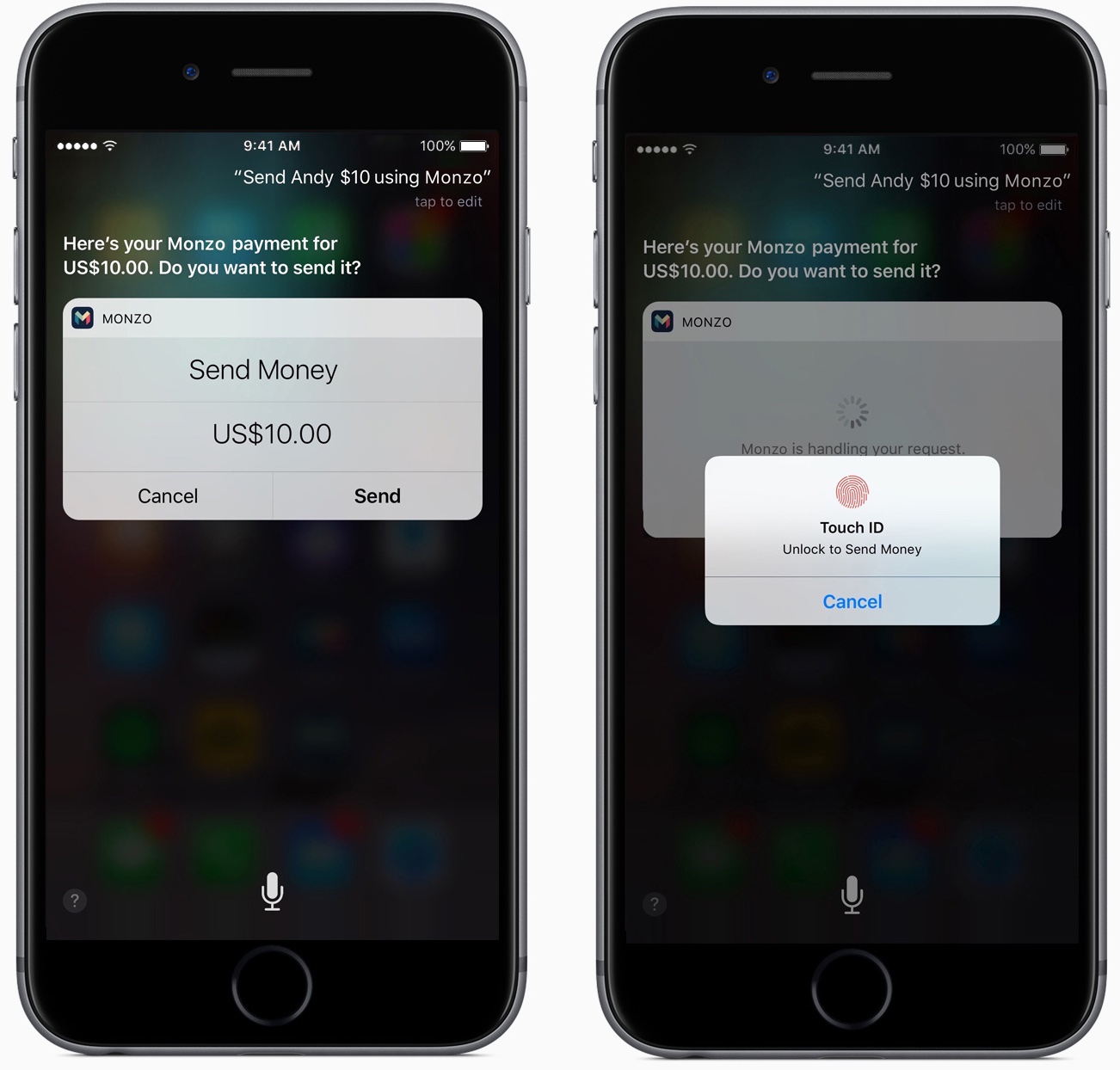With all the fuss about iPhone 7, iOS 10 and the new Pixel, it’s easy to forget Android recently unveiled their latest OS: Nougat. In line with Android’s other dessert-themed software titles (Marshmallow, Lollipop, KitKat, etc.), Nougat is a treat. It’s a refined version of Marshmallow with improved UX, specs and a lot more. Both iOS fans and app developers take note, here are Android Nougat’s top features:
MULTI-WINDOW MULTITASKING
The most notable feature of Nougat is Multi-Window Multitasking. Unlike iOS, Nougat allows users to run multiple apps on their screen at once, allowing users to watch a movie while they text, view a recipe while they keep their eyes on the timer, or use any number of applications. Multi-Window Multitasking can be utilized with three display options: Split-Screen, Picture-In-Picture and Freeform Mode.
Split-Screen mode splits the screen across the bottom when held vertically, or across the middle when held horizontally.
Picture-In-Picture mode will be optimized for Android TV and will eliminate the controls and interface elements while keeping the content portion to scale.
Freeform mode will allow users to customize the size of each application, like one can with a desktop or laptop computer.
REFINED NOTIFICATIONS SETTINGS

Android has always been a major advocate of customizing notifications, and Android Nougat improves their system. Users customize their quick settings to ensure they are only alerted to the top-level notifications. Users can also maintain conversations within the notifications bar to make it easier to chat without having to go back and forth into apps.
Bundled notifications allow users to see what is happening within their apps at a glance without clogging their feed. Simply tap to expand the box and view more info without going directly into the app.
FASTER PERFORMANCE, MORE BATTERY, LESS MOBILE DATA
The best improvements of Nougat OS are not flashy new features, but overall improved functionality. Google’s “Project Doze,” designed to increase phone battery length, was introduced with Marshmallow, but gets a big upgrade with Nougat. Doze shuts down CPU and network activity while the phone screen is off. Previously, Doze only worked when the device was motionless, but now it can operate whenever the screen is off.
Data overages can add up quickly. Google seeks to counter the threat of overages with Data Saver, a program which kicks in whenever the user is on a metered data connection and limits apps and background processes to a set amount of data. Rather than cutting off data usage at a preset limit, Data Saver makes Android phones more efficient with constant refinement.
Both Data Saver and Project Doze are bolstered by minor technical improvements to Project Svelte, Android’s device optimization initiative, creating a more efficient phone.
SEAMLESS UPDATES
Android isn’t trying to reinvent the wheel. Their Nougat OS functions primarily as a UX improvement over Marshmallow. Android has instilled major security improvements, including file-based encryption. Android has also taken a page out of the Chrome OS playbook by adding seamless updates, which will allow system updates to install in the background.
NEW EMOJIS
On the lighter side of things, Android has installed 72 new glyphs and has revamped their 1,500 emojis to appear more realistic. Nougat is also compatible with Vulkan API, which opens up a world of low-overhead graphical possibilities.
WHEN CAN I GET NOUGAT?
As with any Android update, the real question is: when is it coming to my phone? Nougat is out, but device fragmentation on the Android platform entails a staggered availability based on the hardware. While Google’s Pixel phone could soon alleviate some of these fragmentation problems, Android still cannot move at the speed of iOS—but Nougat’s improved functionality is a welcome addition for both app developers and consumers.
For a full list of Android Nougat release dates, check out this awesome article over at Pocket Lint.














